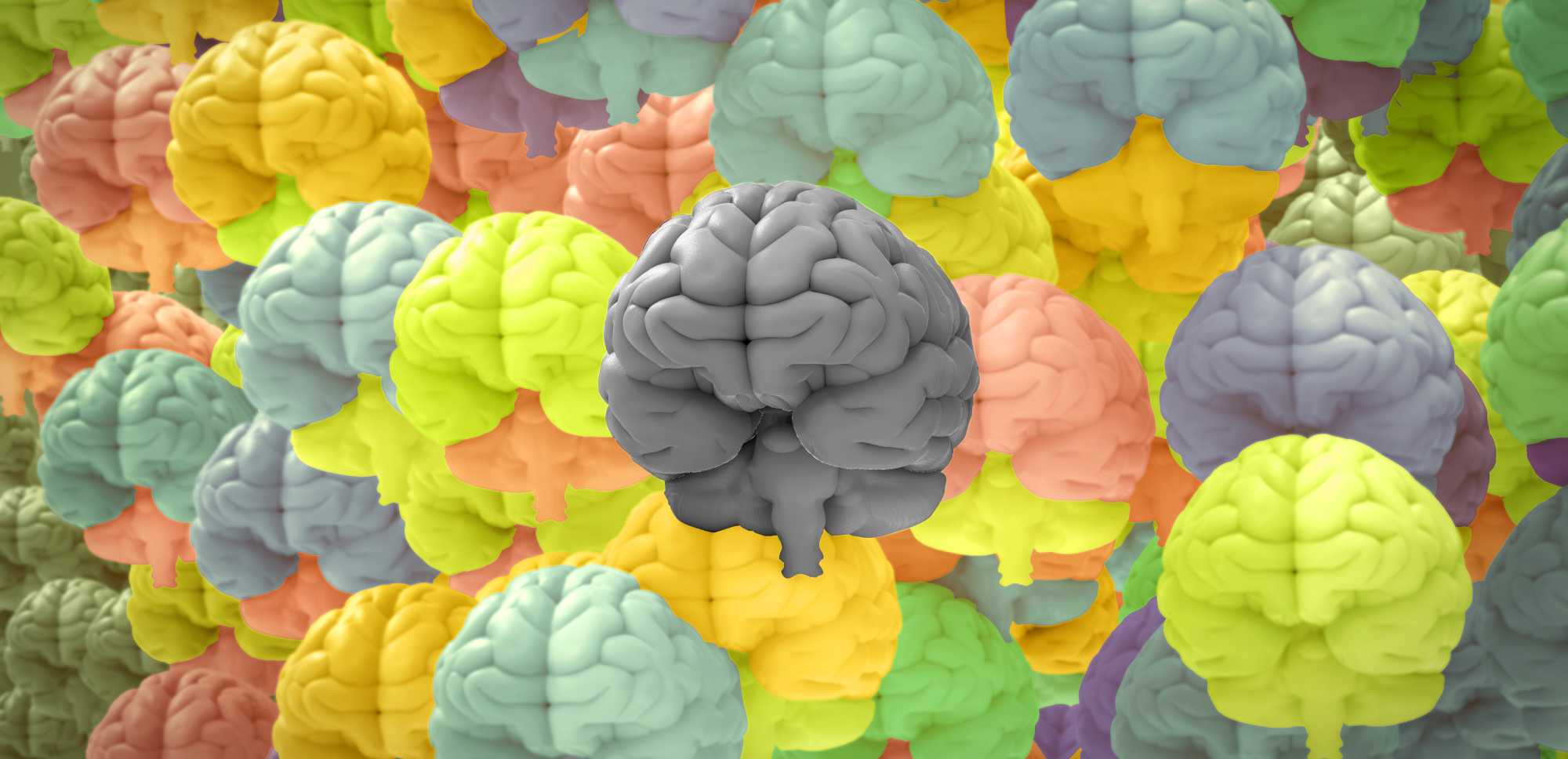Who’s more intelligent, the architect who visualises spaces and succeeds in recreating them mentally, or the one who solves the problems involved in materialising them? Is the team leader who always finds the perfect way to express what she wants, or the one who is able to x-ray her team members, adapting the task to their different profiles? There will be those who opt for the two former options. And there will also be others who think the opposite. But what if none of these profiles is actually smarter than the other? In this article we discuss the theory of Multiple Intelligences and its influence on diversity within companies.
Gardner’s theory of Multiple Intelligences changes educational paradigm
That’s what the American psychologist Howard Gardner proposed in 1983 through his theory of Multiple Intelligences (here applied to work) as a counterweight to the paradigm of a single intelligence. Gardner proposed that human life requires the development of several types of intelligence. Or, if you prefer, that a person’s intelligence is not always related to his or her academic ability, but that we should speak of multiple intelligences. Indeed, there are plenty of “mediocre students” who have gone on to succeed in life. And conversely, there are students with records that did not fall below the “A” and who, once they left school, did not manage to translate this into their professional careers due to their social limitations.
The fact is that, for decades, logical-mathematical intelligence has been considered the official yardstick. It came to be something like raw intelligence. Anyone who did not excel in this area was immediately pigeon-holed. Or even left in the caboose if their performance was mediocre.
On the other hand, as they did not appear on the logical-mathematical radar, linguistic or spatial intelligences, to give just two examples, remained uncatalogued. As if to look for gold in a river one used a sieve with large holes that only detected the large nuggets. The less voluminous ones would be lost in the water, even if they were of greater purity.
Multiple intelligences at the workplace: a quick recap
It’s been shown that classical education fails to respond to these different intelligences, so the window of opportunity lies in the business culture not falling into the same error. Instead, it must identify and strengthen them. Let’s go through the types of intelligence identified by Gardner’s Theory of Multiple Intelligences:
Linguistic intelligence
Among multiple intelligences, the ability to master language and to communicate with others cuts across all cultures. However, it is not only limited to the ability to communicate, but also to the ability to link concepts by means of symbols or signs.
Logical-mathematical intelligence
For decades, logical-mathematical intelligence was considered to be raw intelligence. The ability to use numbers effectively, recognise patterns and reason appropriately using logical-mathematical thinking. This was the basis for the famous intelligence quotient (IQ) tests.
Spatial intelligence
Also known as visual-spatial intelligence, it’s the capacity of the individual to deal with aspects such as colour, line, shape, form, figure and space. Spatial intelligence allows us to analyse the relationship between these aspects, processing information in three dimensions and allowing us to observe the world and objects from different perspectives.

Musical intelligence
This type of intelligence, within Gardner’s multiple intelligences, is related to the ability to perceive, discriminate, transform and express oneself through musical forms. All cultures have some kind of music, which leads Gardner to understand that there is a latent musical intelligence in all people.
Intrapersonal intelligence
Intrapersonal intelligence is the intelligence that enables us to understand and control our inner self by regulating our emotions. It enables us to distance ourselves from the situation and to de-dramatise events with a negative emotional impact. Thanks to intrapersonal intelligence we can identify our own thinking biases in order to perform better in different aspects of life.
Interpersonal intelligence
Interpersonal intelligence enables us to notice things about other people beyond what our senses can grasp. Interpreting words and gestures, deciphering the objectives and goals of each discourse. Interpersonal intelligence allows us to understand others by taking into account their different moods, motivations and abilities. A team comprising people with strong interpersonal intelligence helps to improve internal communication.
Physical and kinaesthetic intelligence
The bodily and motor skills required to handle tools or to express certain emotions represent an essential aspect in the development of all cultures throughout history and, within Gardner’s theory, are encompassed within physical and kinaesthetic intelligence. This type of intelligence involves the mastery of the ability to perform activities that require strength, speed, flexibility, hand-eye coordination and balance.
Naturalistic intelligence
This is described as the ability to perceive the relationships that exist between various species or groups of objects and people, as well as to recognise and establish whether there are distinctions and similarities between them. This kind of intelligence was added in 1995, after the original study by Gardner, who considered it necessary to include this category because it’s one of the essential intelligences for the survival of human beings and has resulted in evolution.
Diverse teams at the workplace that are committed to multiple intelligences
Looking around us, it would not be difficult to locate the colleagues who in each of our jobs play the roles defined above. But it is more difficult to locate the last two. The naturalist and kinaesthetic profiles. And companies that do not underestimate them are guaranteed to be more likely to be successful. Because all eight intelligence profiles are necessary in a multidisciplinary work team that complements each other. To solve any type of need that arises in a project, people with creative vision, problem-solving strategy, critical thinking, interpersonal, communication or linguistic skills are needed.
As the Smarter Lives website reports, “computer programmers must learn the practical aspects of coding, scientists must learn how to present and evaluate a hypothesis or test a theory in practice, doctors must apply their knowledge to real-life diagnosis, engineers must learn how to design and build, mathematicians should know how to apply mathematics to real-life finance and business”. It is essential to know and put into practice the skills of a company’s professionals, which also contributes to the balance between work and personal life. In short, everyone needs to learn to work as part of a team, valuing the benefits of a diverse team that allows them to exploit and develop those facets concerning multiple intelligences at work, those that are hidden during school and university so that they can contribute from the very beginning to social and business improvement.
Sources: Psicología y mente, Smarter Lives


